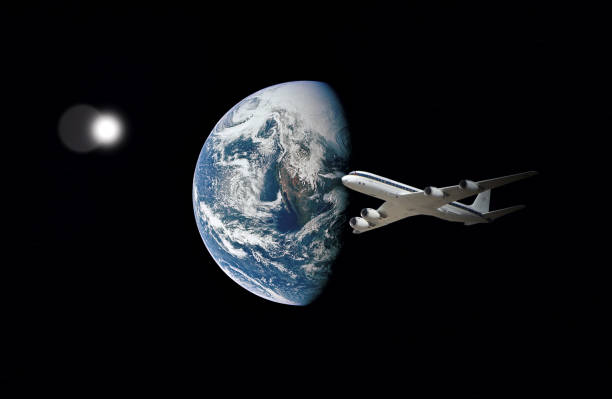Introduction
Space tourism is no longer a distant dream—it’s quickly becoming a reality. Companies like SpaceX, Blue Origin, and Virgin Galactic are pioneering commercial space flights, opening the door for civilians to experience the cosmos firsthand. But how close are we to making space travel accessible to the general public?
In this article, we explore the current state of space tourism, technological advancements, challenges, and what the future holds for commercial space flights.
What Is Space Tourism?
Space tourism refers to commercial travel into space for recreational purposes. Unlike traditional astronauts, space tourists do not require decades of training. Instead, they undergo shorter, intensive preparation to experience weightlessness, see Earth from orbit, and even venture beyond the Kármán line—the internationally recognized boundary of space at 100 km above Earth.
Leading Companies in Space Tourism
1. SpaceX
SpaceX’s Crew Dragon spacecraft has already taken private citizens to orbit, including missions like Inspiration4. Elon Musk’s company aims to provide orbital trips and even lunar experiences in the near future.
2. Blue Origin
Founded by Jeff Bezos, Blue Origin’s New Shepard rocket offers suborbital flights that allow tourists to experience several minutes of weightlessness and see Earth from space.
3. Virgin Galactic
Richard Branson’s SpaceShipTwo provides short-duration suborbital flights, offering passengers a few minutes of microgravity and spectacular views of the planet.
Current Status of Commercial Space Flights
- Suborbital Flights: Already operational with companies like Virgin Galactic and Blue Origin, offering minutes of weightlessness.
- Orbital Flights: SpaceX has successfully conducted private orbital missions, although tickets remain extremely expensive.
- Long-Duration Missions: Extended stays on commercial space stations are planned, but not yet widely available.
While these experiences are currently limited to wealthy individuals, technology and competition are gradually reducing costs.
Challenges Facing Space Tourism
1. Cost
The biggest barrier is price. Tickets currently range from $250,000 to tens of millions, depending on the mission type and duration. Widespread accessibility will require cost reductions through technological innovations and economies of scale.
2. Safety and Regulation
Space travel involves inherent risks, including radiation exposure, microgravity effects, and launch-related dangers. Regulatory agencies are working to ensure strict safety protocols for commercial flights.
3. Environmental Concerns
Rocket launches produce greenhouse gases and atmospheric pollutants. Sustainable practices are necessary to minimize the environmental impact of frequent space tourism flights.
4. Technological Limitations
Longer-duration missions require advanced life support systems, radiation shielding, and efficient propulsion technologies. Continuous research is crucial for making extended space travel feasible.
What Space Tourists Can Expect
Passengers on suborbital flights experience:
- Weightlessness: Floating freely in microgravity for several minutes.
- Spectacular Views: A unique perspective of Earth against the blackness of space.
- Adrenaline Rush: The intense G-forces during launch and re-entry.
For orbital flights, experiences include:
- Extended weightlessness
- Observing Earth from orbit for several days
- Potential stays on future commercial space stations
The Future of Space Tourism
Experts predict that within the next decade:
- Ticket prices will decrease as technology improves and competition increases.
- Orbital tourism will expand, allowing passengers to stay in space stations for several days or weeks.
- Space hotels and resorts may become a reality, offering unique accommodations in orbit.
- Private lunar missions could open the next frontier for adventurous travelers.
Conclusion
Commercial space tourism is rapidly evolving from science fiction to reality. While still costly and limited to a select few, advancements by companies like SpaceX, Blue Origin, and Virgin Galactic bring us closer to a future where ordinary people can experience space travel.
The next few years will likely see more accessible and safer options, making space tourism an exciting frontier for adventure seekers. For now, the dream of seeing Earth from space is within reach for those ready to take the ultimate leap.

